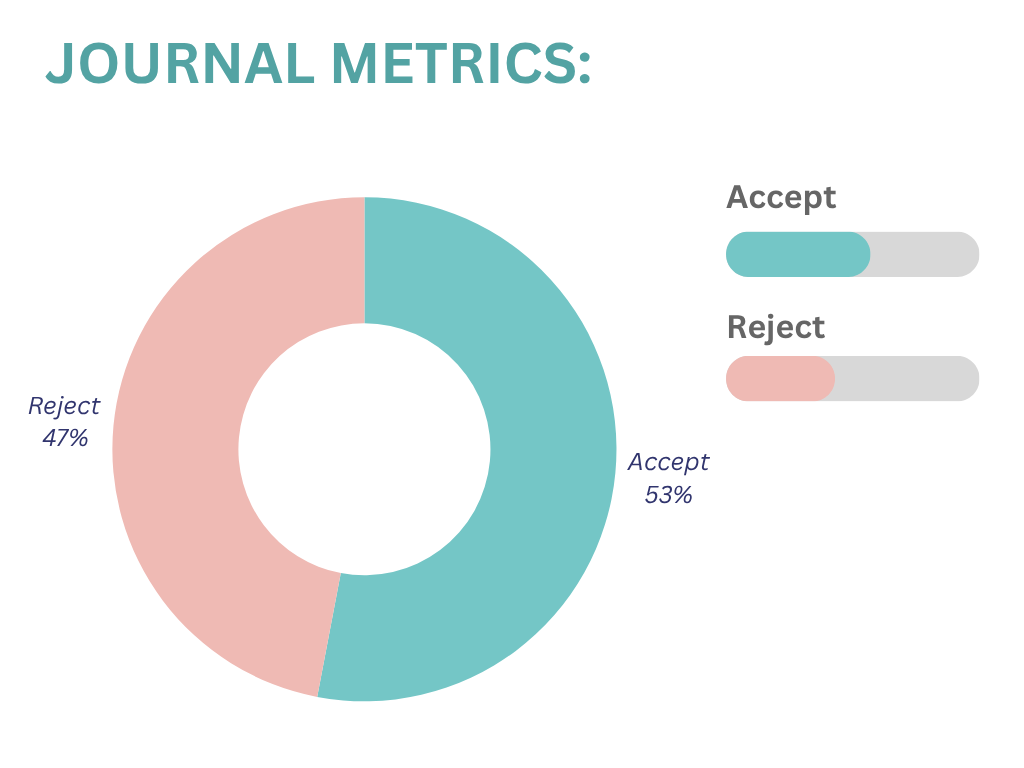Stability and Randomness of Nonstationary D/M/1 Queue's GI/M/1 PSFFA Model with Ultra-Low Latency for Autonomous Driving
Abstract
The current work reveals the fine-tuning between stability zones and randomness of the Pointwise Stationary Fluid Flow Approximation (PSFFA) model of the nonstationary queueing system. More specifically, this provides more insights into developing a contemporary PSFFA theory that unifies nonstationary queueing theory with chaos theory and fields in theoretical physics and chaotic systems. This opens new grounds for stability analysis of nonstationary queueing systems. A notable application of the queueing model to achieve ultra-low latency of autonomous driving service is highlighted. Concluding remarks are given on future avenues of research.
Keywords:
State variable, Mean arrival rate, Time, Time-dependent root parameter, PSFFA, Ultra-low latency, Autonomous driving serviceReferences
- [1] [1] Wang, W.-P., Tipper, D., & Banerjee, S. (1996). A simple approximation for modeling nonstationary queues. Proceedings of IEEE infocom'96. conference on computer communications (pp. 255–262) IEEE. DOI: 10.1109/INFCOM.1996.497901
- [2] [2] Poryazov, S., Andonov, V., & Saranova, E. (2021). Methods for modelling of overall telecommunication systems. Research in computer science in the bulgarian academy of sciences, 325–361. DOI: 10.1007/978-3-030-72284-5_16
- [3] [3] Zhu, M., Gao, S., Tu, G., & Chen, D. (2023). Multi-access edge computing (MEC) based on MIMO: a survey. Sensors, 23(8), 3883. DOI: 10.3390/s23083883
- [4] [4] Mageed, I. A., Zhang, Q., & Modu, B. (2023). The linearity theorem of rényian and tsallisian maximum entropy solutions of the heavy-tailed stable M/G/1 queueing system entailed with potential queueing-theoretic applications to cloud computing and IoT. Electronic journal of computer science and information technology, 9(1), 15–23. DOI: 10.52650/ejcsit.v9i1.136
- [5] [5] Grassmann, W. K. (1990). Computational methods in probability theory - chapter 5. Handbooks in operations research and management science, 2, 199–254. DOI: 10.1016/S0927-0507(05)80169-0
- [6] [6] Mageed, I. A., & Zhang, K. Q. (2023). Solving the open problem for GI/M/1 pointwise stationary fluid flow approximation model (PSFFA) of the nonstationary D/M/1 queueing system. Electronic journal of computer science and information technology, 9(1), 1–6. DOI: 10.52650/ejcsit.v9i1.127
- [7] [7] Chang, J., Chan, H. K., Lin, J., & Chan, W. (2023). Non‐homogeneous continuous‐time Markov chain with covariates: applications to ambulatory hypertension monitoring. Statistics in medicine, 42(12), 1965–1980. DOI: 10.1002/sim.9707
- [8] [8] Grassmann, W. K. (2021). Finding transient solutions in Markovian event systems through randomization. In Numerical solution of markov chains (pp. 357–371). CRC Press. DOI: 10.1201/9781003210160-18
- [9] [9] DI, A. M. (2024). Effect of the root parameter on the stability of the nonstationary D/M/1 queue's GI/M/1 model with PSFFA applications to the Internet of Things (IoT). Preprints, 2024011835. DOI: 10.20944/preprints202401.1835.v1
- [10] [10] Mageed, I. A., & Zhang, Q. (2023). Threshold theorems for the tsallisian and rényian (TR) cumulative distribution functions (CDFs) of the heavy-tailed stable M/G/1 queue with tsallisian and rényian entropic applications to satellite images (SIs). Electronic journal of computer science and information technology, 9(1), 41–47. DOI: 10.52650/ejcsit.v9i1.161
- [11] [11] László Kozma. (2011). Useful inequalities cheat sheet. www.lkozma.net/inequalities_cheat_sheet/
- [12] [12] Chekired, D. A., Togou, M. A., Khoukhi, L., & Ksentini, A. (2019). 5G-slicing-enabled scalable SDN core network: toward an ultra-low latency of autonomous driving service. IEEE journal on selected areas in communications, 37(8), 1769–1782. DOI: 10.1109/JSAC.2019.2927065


